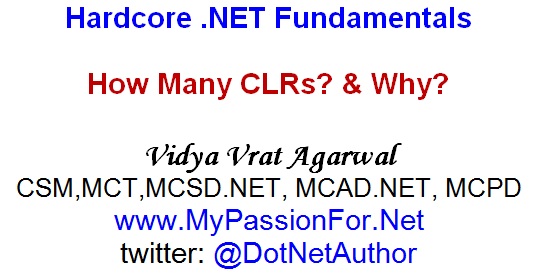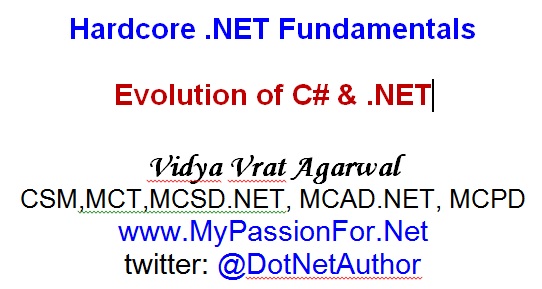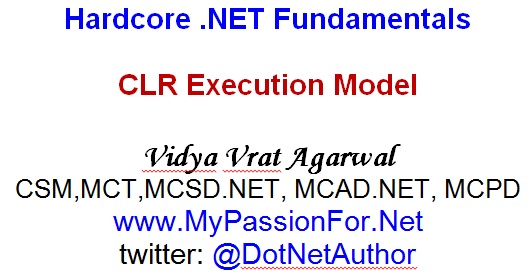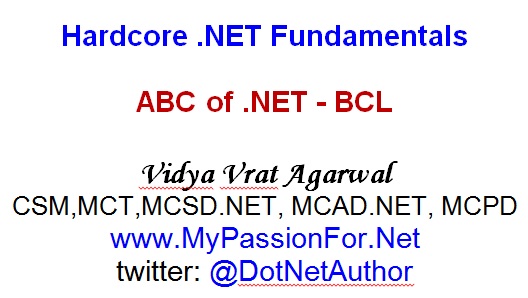Agenda
- What is Authentication and Authorization?
- Understanding Windows Authentication
- Types of Windows Authentication
- Programmatic Authentication
- Impersonation
What is Authentication and Authorization?
In simple words Authentication is the process that addresses the question “Who are you?“. Authentication is done by obtaining a valid username and password on an internet or intranet system. Once a user is authenticated, the system confirms that you match with the identity who you claim to be. However, authentication doesn’t confirm whether you are authorized to access the resource that you might be trying to access; that is done by Authorization.
Authorization addresses the question “What Can You Do?” and this happens after successful authentication. Authorization is the process of verifying that a user is allowed to access a requested resource. Read Full Article Here










 I am a hands-on architect with proven 19+ years of experience in architecting, designing, and developing distributed software solutions for large enterprises. At Microsoft, as a Principal Software Engineering Manager, I own the Platform team. I see software development as a craft, and I am a big proponent of software architecture and clean code discipline-n-practices. I like to see the bigger picture and make a broader impact. I was also a Microsoft MVP for past 7 years on Visual Studio and Dev Technologies I can be reached at vidya_mct@yahoo.com or twitter @dotnetauthor
I am a hands-on architect with proven 19+ years of experience in architecting, designing, and developing distributed software solutions for large enterprises. At Microsoft, as a Principal Software Engineering Manager, I own the Platform team. I see software development as a craft, and I am a big proponent of software architecture and clean code discipline-n-practices. I like to see the bigger picture and make a broader impact. I was also a Microsoft MVP for past 7 years on Visual Studio and Dev Technologies I can be reached at vidya_mct@yahoo.com or twitter @dotnetauthor



